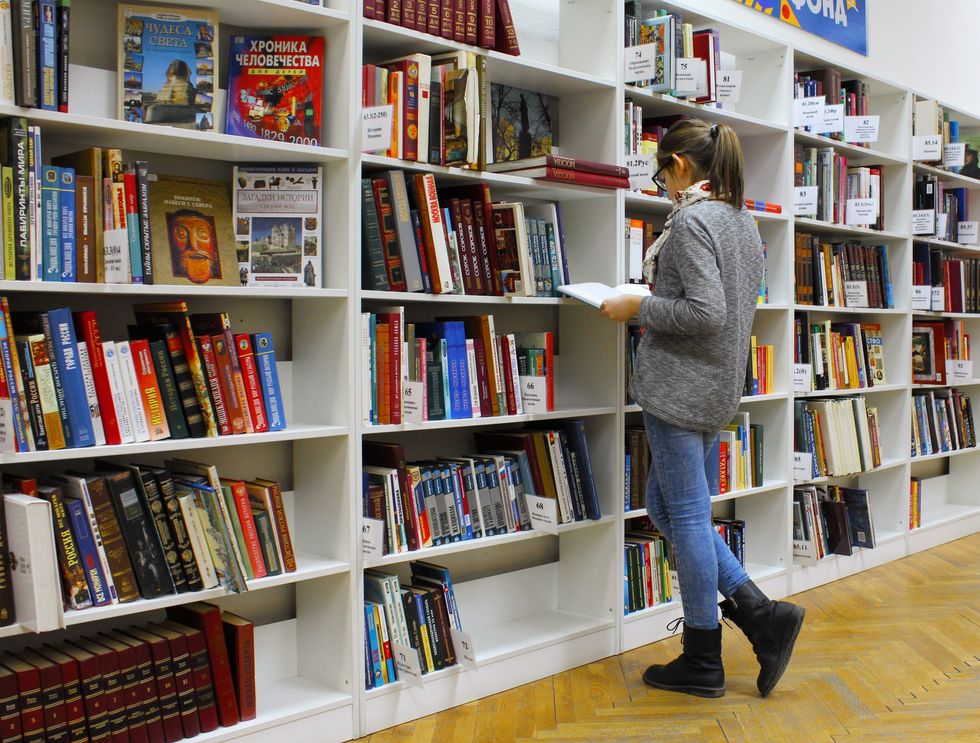Educational inequality is the unequal distribution of academic resources, including but not limited to; school funding, qualified and experienced teachers, books, and technologies to socially excluded communities. These communities tend to be historically disadvantaged and oppressed.
According to the UNESCO Institute for Statistics, one in every five child is out of school. While one in five may not seem worrying at first look- when you do the math, the figures are quite staggering. 263 million children and youth are not attending a school right now, which is equivalent to about a quarter of Europe's population- or about 11 times Australia's population.
Although education is one of the sustainable development goals, progress has been gradual, and sometimes, stalled. United Nations Education Agency reports that the number of people who do not receive any education is unlikely to fall in the next decade. Though this problem is present everywhere, it's most prevalent in poor and developing countries. Following current trends, UNESCO says that 20% of young people in poor countries will still be illiterate.
What's even worse is that even those who attend schools in rural areas tend to lag behind. According to the Annual Status of Education Report in India- in fifth grade, only one out of every four students could read an English sentence, and only half can read texts meant for second grade students. Such a pattern repeats the world over: 615 million children and youth globally lack the minimum proficiency in mathematics and reading.
According to what the reports and figures show, there is an urgent need to take action. To try and solve the issue at hand, we need to first understand the roots of the problem:
- Quality/ Quantity of Learning Materials: Exercise sheets, workbooks, and core learning materials are essential to the students' learning.In many parts of the world, six or more students share the same textbook, which is seldom in good condition. In Cameroon, there is one mathematics textbooks for 13 students in the second grade and one reading textbook for 11 primary school students. In Tanzania, only 3.5% of 6th-grade students had access to a reading textbook without sharing it. The lack of maintenance and the high costs of quality learning materials also hits literacy crisis very hard.
- Quality of Educators: The effectiveness of the educator is correlated to student learning. The lack of teachers and the abundance of untrained teachers has impacted literacy rates. Less than three-quarters of teachers are trained to national standards in one out of every three countries. In India alone, there are 1.1 million untrained teachers in the workforce and falls short of approximately 1 million teachers. Globally, 69 million new teachers need to be recruited to achieve universal primary and secondary education by 2030 according to The United Nations.
- Inadequate facilities in schools: There is an increase in school dropout rates all over the world due to very poor or no facilities at all. One in three schools do not have clean water or usable and safe bathroom. Often, there are only pit latrines for a huge number of students. Many girls start skipping school when they start their periods or drop out of school altogether. Many classrooms are overcrowded, unsanitary, and in turn, lack discipline. In Pader, Uganda, 47 out of the 238 primary schools are still under trees and the average teacher to student ratio in primary schools is 1:200.
- Conflict prone region: Although Education is a fundamental right, children living in areas of conflict often miss out on education. Almost 75 million children have had their education disrupted by conflict and are in urgent need of educational support. According to the UN Refugee Agency, less than half of the world's refugee children are enrolled in schools.






















